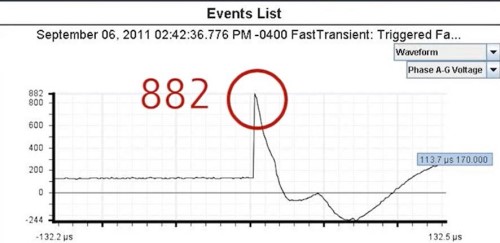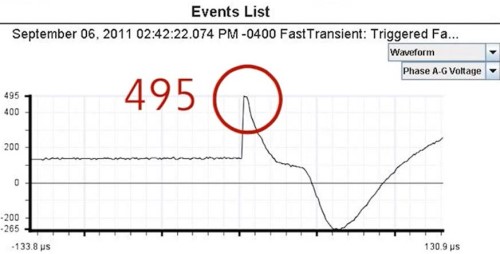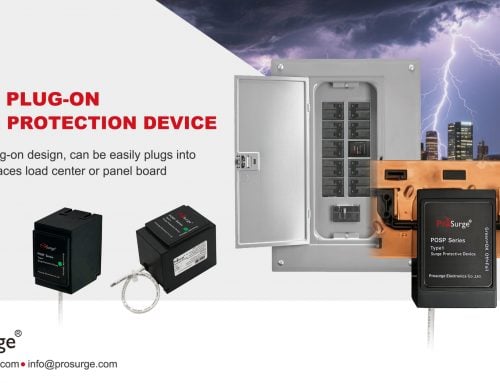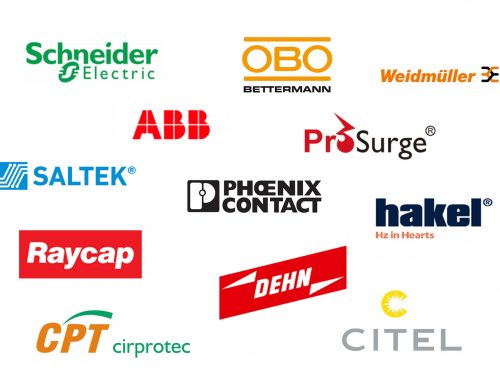The Impact of Cable Length on the Protection Level of Surge Protective Device
The subject of SPD installation is rarely mentioned in our discussions. There are two reason:
- The installation of surge protective device should be conducted by an qualified electrician. We don’t want to mislead that this should be done by users. And if the SPD is incorrectly wired, it may cause hazzard.
- There are many videos on Youtube demonstrating how to install a surge protective device. It is much simple and straightforward than reading text instructions.
Yet still, we notice a very common mistake in SPD installation, even made by professional. So in this article, we are going to discuss an very important guideline in installing a surge protection device: to keep the cable as short as possible.
Why is the cable length important?
You may ask yourself this question. And we are sometimes asked by customers that why can’t you make the SPD’s cable length longer? If you make the cable length longer, then I can install the SPD a little far away from the circuit panel. Well, that’s the opposite of any SPD manufacturer want you to do.
Here we introduce a parameter: VPR (Voltage Protection Rating) or Up (clamping voltage). The former in UL standard and the latter is in IEC standard. Ignored their technical difference, they express similar idea: how much over voltage that an SPD will allow to pass to downstream equipment. In common language, it is also called let-through voltage.
The cable length has an impact on the let-through voltage. Let’s look at the below two let-through voltages.


You may think that the first SPD performs much worse than the second one. But how about we tell you that these are the let through voltage of the same surge protection device? Yes, this is true. This is the the data from a test conducted by EATON. By increasing the cable length by 3ft, the let through voltage almost doubles indicating a very poor protection level to the downstream equipment.
There is a general rule that 1 metre of cable crossed by a lightning current generates an overvoltage of 1,000V.
Conclusion
The cable length has a strong impact on the protection level of the surge protection device. So always remember to keep the cable as short as possible when installing a surge protection device. Otherwise, your money investing on the surge protection is wasted and you only have a false sense of security.





